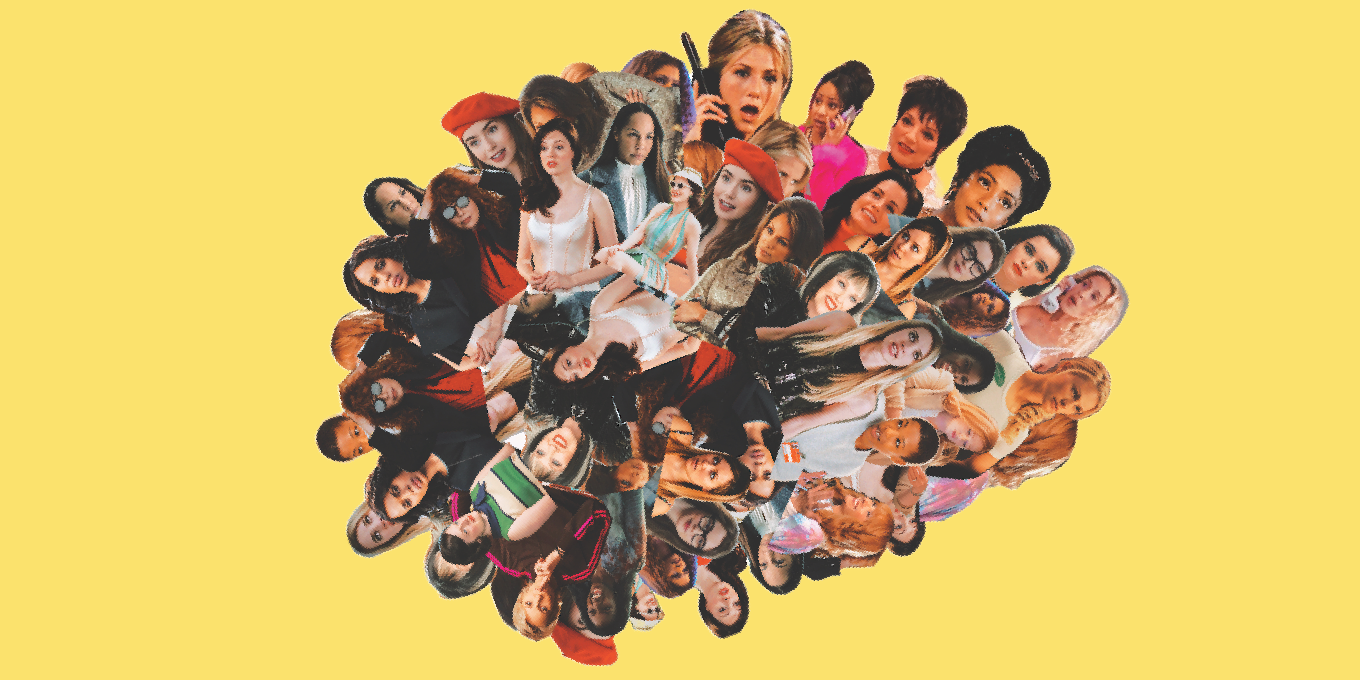In recent years, the way we consume television has dramatically transformed. Gone are the days of waiting weekly for new episodes or adhering to a rigid broadcasting schedule. Enter the age of streaming services and TV apps, which have not only made viewing more flexible but have also revolutionized the binge-watching experience. This article delves into how these platforms are changing the landscape of television consumption, the impact on viewers, and the implications for the entertainment industry.
The Rise of Streaming Services
The advent of streaming services like Netflix, Hulu, Amazon Prime Video, and Disney+ has reshaped how audiences engage with content. According to a report by the Nielsen Company, streaming accounted for over 30% of total TV viewing in the U.S. in 2021, a significant increase from previous years. Here are some key elements contributing to this rise:
- On-Demand Content: Viewers can access a vast library of shows and movies at their convenience.
- Original Programming: Services invest heavily in original content, often creating shows that become cultural phenomena.
- Global Reach: Streaming apps can be accessed from anywhere, allowing for diverse programming from various cultures.
- Multiple Device Access: Users can watch on smartphones, tablets, smart TVs, and computers, making it easier to binge anywhere.
The Psychology of Binge-Watching

Binge-watching refers to consuming multiple episodes of a show in one sitting. Research indicates that this behavior is not just a trend but rooted in psychological factors. Here are some reasons why viewers prefer binge-watching:
- Escapism: Watching multiple episodes allows viewers to escape reality and immerse themselves in fictional worlds.
- Emotional Engagement: Series with intricate plots and character development encourage viewers to watch episodes back-to-back to maintain emotional continuity.
- Social Connection: Binge-watching has become a social event, where friends gather to watch and discuss series, enhancing the communal experience.
A study published in the journal “Psychology of Popular Media” found that binge-watching can lead to increased feelings of loneliness and isolation, while simultaneously providing a sense of connection to the characters and stories being watched.
How TV Apps Enhance the Binge-Watching Experience

TV apps have introduced features that significantly enhance the binge-watching experience. Here are some of the key functionalities that keep viewers hooked:
- Auto-Play: Many platforms feature auto-play functionality that automatically plays the next episode, reducing the friction of having to select it manually.
- Personalized Recommendations: Algorithms analyze viewing habits to suggest shows and movies tailored to individual tastes.
- User-Friendly Interfaces: Intuitive designs make it easy to navigate vast libraries of content.
- Watch Lists: Users can create personalized watch lists, ensuring that they can easily find and continue where they left off.
- Parental Controls: For family viewing, apps offer controls to filter content based on age appropriateness.
Case Studies: Transformative Series

Several shows have become synonymous with binge-watching, showcasing how TV apps have changed viewing habits:
- “Stranger Things” (Netflix): This series quickly became a global sensation, with many viewers binge-watching the entire season over a weekend. Its nostalgic themes and cliffhangers kept audiences engaged.
- “The Mandalorian” (Disney+): Released episode by episode initially, the series later encouraged binge-watching as viewers caught up on the new seasons after their release. This strategy also fostered discussions and theories on social media.
- “Bridgerton” (Netflix): This period drama broke records for viewership, with audiences consuming the entire season within days of its release, largely due to its engaging storytelling and diverse representation.
The Impact on Traditional Television
The rise of TV apps and binge-watching has significant implications for traditional television networks:
- Ad Revenue: With viewers migrating to ad-free streaming platforms, traditional networks are facing declining ad revenues.
- Content Creation: Networks are adapting by creating their own streaming services or producing binge-worthy content to compete.
- Scheduling Challenges: The shift to on-demand viewing has made traditional scheduling less relevant, prompting networks to rethink release strategies.
As noted by media analyst Dan Rayburn, “Networks must evolve or risk becoming obsolete in a world where viewers demand flexibility.” This statement underscores the urgent need for traditional television to innovate in response to changing viewer preferences.
Statistics That Matter
Understanding the scale of binge-watching and streaming can be better appreciated with some compelling statistics:
- According to a 2022 survey by Deloitte, 70% of U.S. consumers reported binge-watching shows regularly.
- Netflix revealed that more than 25% of its subscribers watch at least one show in a single sitting.
- Research by Hub Entertainment found that viewers prefer to binge-watch shows they can complete in one sitting, leading to a preference for shorter seasons with fewer episodes.
The Future of Binge-Watching

As we look ahead, several trends will likely continue reshaping the binge-watching landscape:
- Enhanced Interactivity: Future platforms may offer interactive viewing experiences, allowing viewers to choose storylines or endings.
- Virtual Reality and Augmented Reality: As technology advances, immersive experiences may further enhance the viewing experience.
- Global Content Expansion: The demand for diverse international content is likely to grow, leading to more localized programming across platforms.
TV apps have undoubtedly revolutionized binge-watching, transforming how we consume and engage with television content. With on-demand access, personalized recommendations, and user-friendly interfaces, viewers are now empowered to watch at their convenience. The psychological appeal of binge-watching, coupled with the rise of streaming services, has led to profound changes in viewer behavior and expectations.
As traditional television networks adapt to these changes, it is clear that the future of televised content will continue to evolve. The ongoing innovation in technology and content delivery will keep shaping the binge-watching experience, making it a staple of modern entertainment culture. For consumers, this means more choices, greater flexibility, and an ever-expanding array of captivating stories to explore.


